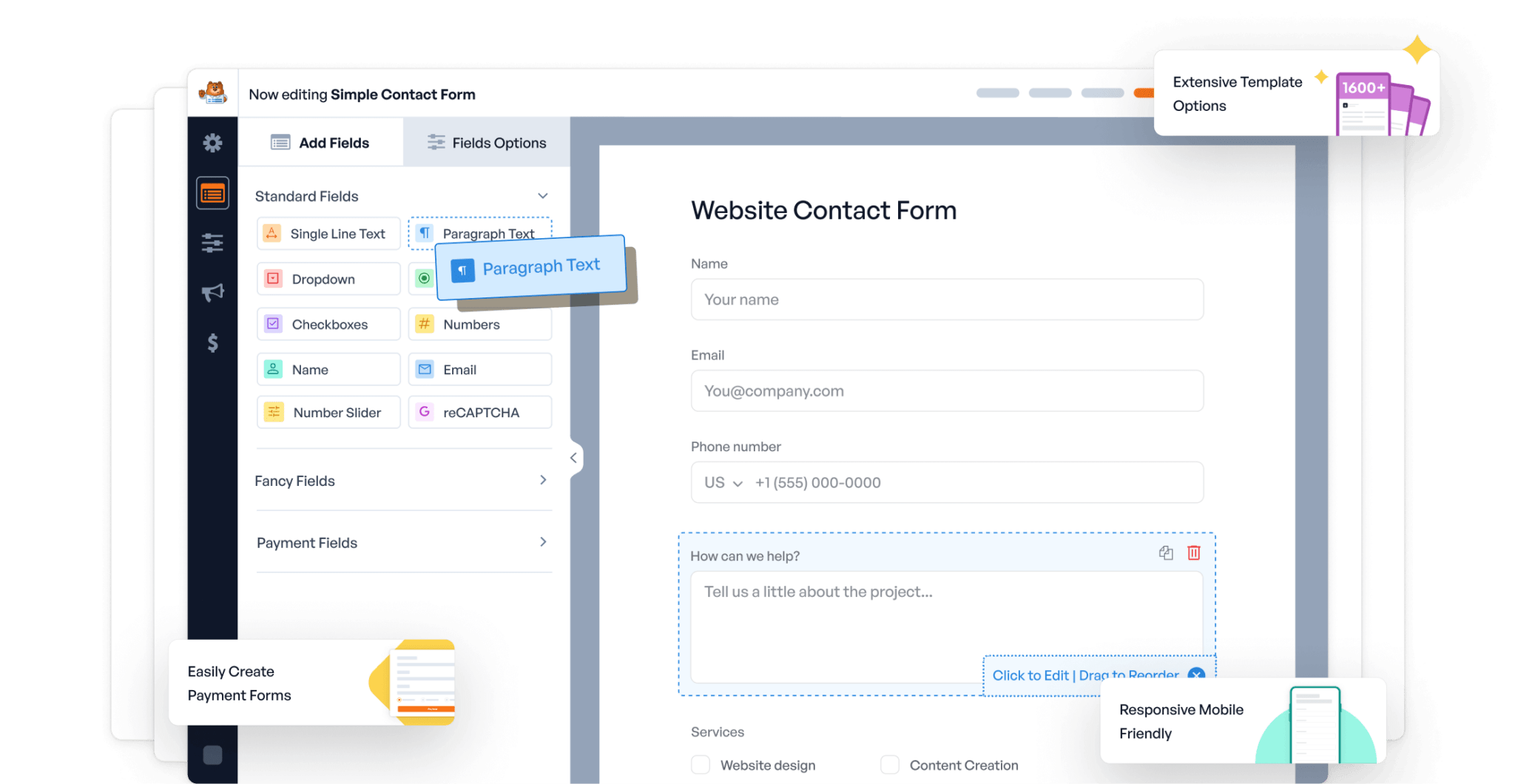In today’s fast-paced digital world, website speed plays a crucial role in the overall user experience and directly impacts search engine rankings, conversions, and user retention. A slow website can frustrate visitors, leading them to leave before they even explore what you have to offer. If you’ve noticed that your WordPress site is running slower than it should, there are several potential causes—and, fortunately, quick solutions to fix them.
At Panalinks, we specialize in WordPress development, alongside Shopify eCommerce sites, React Native app development, and Laravel development, helping businesses enhance their online presence through efficient web solutions. In this article, we’ll explore why your WordPress site might be slow and how to speed it up quickly.
Why a Slow WordPress Site is a Problem

Before diving into the solutions, it’s important to understand the implications of a slow-loading WordPress site:
- Reduced User Experience: If a page takes too long to load, users will likely abandon the site, negatively impacting engagement and trust.
- SEO Penalty: Google considers site speed a key ranking factor. Slow websites are less likely to rank well, which can hurt your efforts to increase online presence.
- Lower Conversion Rates: Whether it’s online selling or other actions like form submissions, a delay in loading can cause potential customers to drop off.
- High Bounce Rate: Users tend to leave slow websites before exploring further, leading to a high bounce rate, which again affects search engine rankings.
So, why is your WordPress site slow? Let’s break down the common reasons and how to speed it up.
1. Heavy Themes and Plugins
WordPress themes are the foundation of your site’s design, but some themes come with excess code, unnecessary features, and bulky media files that slow down performance. Similarly, too many plugins or poorly coded plugins can bloat your site, increasing load times.
Solution:
Choose lightweight themes that are optimized for speed. Avoid overloading your site with unnecessary plugins and stick to well-coded, essential ones that you genuinely need. At Panalinks, when we handle WordPress development, we focus on clean code and the judicious use of plugins to ensure optimal performance.
2. Unoptimized Images

Large, uncompressed images are a common culprit of slow loading times. High-resolution images are important for showcasing products and creating visual impact, especially on e-commerce development projects like Shopify eCommerce sites, but they need to be optimized.
Solution:
Use image optimization tools such as WP Smush or ShortPixel to compress your images without compromising quality. This reduces file sizes and ensures your site loads faster. You can also use the WebP format, which offers smaller file sizes while maintaining high-quality visuals.
3. Lack of Caching
Caching involves storing copies of your website’s files so that they can be loaded faster when a user revisits. Without caching, WordPress dynamically generates each page, which takes more time and server resources.
Solution:
Use a caching plugin like W3 Total Cache or WP Super Cache to enable browser and server-side caching. These plugins generate static versions of your site, making it load significantly faster. Caching is essential for both content-heavy sites and online selling platforms that handle high traffic.
4. Slow Hosting
Your hosting provider plays a huge role in your website’s performance. While shared hosting may offer lower costs, it can lead to slower site performance during periods of high traffic. If your WordPress site is slow even with optimization efforts, poor hosting could be the reason.
Solution:
Consider upgrading to a managed WordPress hosting service that’s optimized for speed. Providers like SiteGround or WP Engine offer better performance, dedicated resources, and more advanced caching mechanisms. For e-commerce development, a robust hosting plan is critical to ensure smooth shopping experiences.
5. Too Many HTTP Requests
Every time a user visits your WordPress site, their browser makes several HTTP requests to load images, scripts, stylesheets, and more. The more requests your site makes, the longer it will take to load.
Solution:
Reduce HTTP requests by minimizing the use of plugins, consolidating CSS and JavaScript files, and eliminating unnecessary features. Plugins like Autoptimize can help by combining and compressing these files, resulting in fewer requests and faster load times.
6. Unoptimized CSS and JavaScript
Large or unoptimized CSS and JavaScript files can significantly slow down your site. These files need to be loaded before your website becomes fully functional, which can cause delays in rendering the page.
Solution:
Minify and defer CSS and JavaScript files using tools like Autoptimize or Fast Velocity Minify. Minification removes unnecessary characters (such as spaces and line breaks) from your code, while deferring allows these files to load after the main content has appeared, speeding up the initial load.
7. Neglecting to implement a Content Delivery Network (CDN)
If your site receives visitors from around the world, a CDN can help speed up load times by distributing your content across multiple servers in different geographic locations. A CDN ensures that users download files from the nearest server rather than one far away, reducing latency.
Solution:
Implement a CDN like Cloudflare or StackPath to distribute your site’s content globally. This is especially beneficial for e-commerce sites that need to serve customers from different regions. A CDN can dramatically improve the loading speed of pages, product images, and videos.
8. Database Overload
Over time, WordPress databases can become bloated with unnecessary data such as post revisions, spam comments, and unused meta information. This can lead to slow query execution and an overall sluggish site.
Solution:
Use a database optimization plugin like WP-Optimize to clean up your database regularly. This will help remove unwanted data, improve database queries, and speed up your WordPress site’s performance.
9. External Scripts and Fonts
External scripts such as Google Fonts, social sharing buttons, and third-party ads can increase your website’s load time, as they need to fetch resources from external servers.
Solution:
Limit the number of external resources loaded on your site. If you’re using external fonts, try to host them locally or reduce the number of font weights and styles you load. Social sharing buttons should also be kept to a minimum and only integrated where necessary.
10. Outdated WordPress Core, Plugins, and Themes
Running an outdated version of WordPress or using outdated plugins and themes can result in performance issues. New updates often include performance improvements, security patches, and bug fixes.
Solution:
Consistently update your WordPress core, plugins, and themes to their latest versions. This ensures that your site is running with the latest performance enhancements and security patches. At Panalinks, we prioritize keeping everything up to date to guarantee optimal site performance and security.
Conclusion

A slow WordPress site can affect everything from user experience to SEO rankings, online selling potential, and overall business growth. The good news is that with the right optimizations, you can speed up your WordPress site quickly and efficiently. By addressing common issues like heavy themes, unoptimized images, and poor hosting, you can improve your website’s performance and provide a seamless experience for your users.
At Panalinks, we specialize in WordPress development, e-commerce development, and custom web solutions designed to increase online presence and boost business growth. Write to us today to learn how we can help you optimize your WordPress site, ensuring it runs smoothly, loads quickly, and meets the needs of your business and its users.

